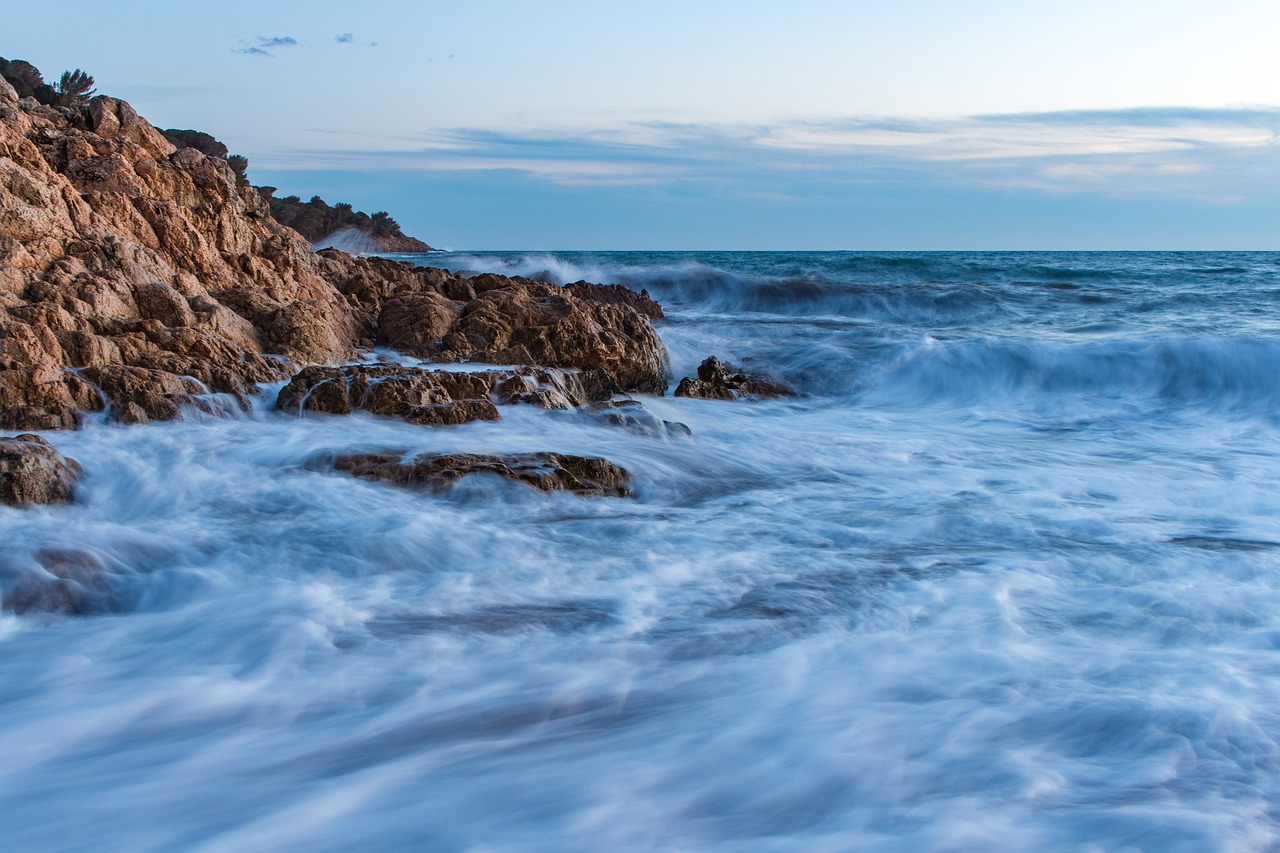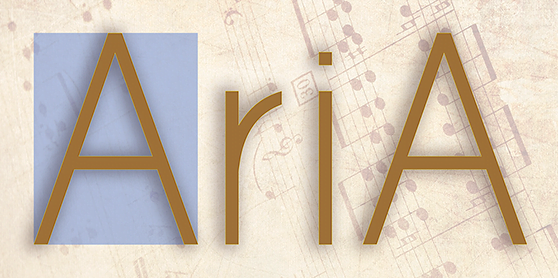Understanding wind power
Do you know what the wind is? And do any of you believe in miracles? No? You should... Miracles are all around us, you just need to know where to look and open your eyes wide. You don't believe? Would you call an invisible force that gently caresses your hair or uproots trees and raises entire houses to the sky a miracle? Probably, yes. At least all the signs of wonder are there... And if you don't know what I mean yet, I'll give you a hint, it's the wind.
What is wind? - is a natural phenomenon that has fascinated people for centuries. An invisible force that can be both gentle and destructive. In fact, wind is an important part of our planet's climate system and plays a crucial role in shaping our environment. Understanding the scientific basis of air movement can help us better appreciate this force and its impact on our lives.
The science of wind: From pressure differentials to the Coriolis effect
Wind is essentially the movement of air from high pressure areas to low pressure areas. This movement is caused by differences in atmospheric pressure, which in turn is caused by fluctuations in temperature and the Earth's rotation. Warm air rises and creates areas of low pressure, and cold air falls and creates areas of high pressure. The movement of air between these areas is what we experience as an invisible force.
Another important factor in air movement is the Coriolis effect. This is a phenomenon resulting from the Earth's rotation that makes objects moving in a straight line appear to be curved. This effect affects the direction of the wind, causing it to deflect to the right in the northern hemisphere and to the left in the southern hemisphere.
The Coriolis effect causes some winds to move along the edges of high and low pressure systems. Such winds are called geostrophic winds. In 1857, the Dutch meteorologist Christophe Buijs Ballot formulated the law of geostrophic winds: When you stand with your back to the wind in the Northern Hemisphere, the low pressure is always on your left. (In the Southern Hemisphere, the low pressure systems will be to your right).

Wind diversity: types and characteristics
There are many different types of wind, each with its own unique characteristics. Some of the most common types include trade winds, prevailing westerly winds and polar easterly winds. Trade winds are sustained easterly winds blowing towards the equator from both hemispheres. Prevailing westerly winds are winds blowing from west to east in mid-latitudes. Polar easterly winds are cold easterly winds blowing from the polar regions towards the mid-latitudes.
Winds also vary in strength and speed, which is measured in miles per hour or metres per second and can range from a very light breeze to a powerful hurricane. The strength, on the other hand, is largely determined by the pressure difference between high and low pressure areas, as well as the geography of the surrounding area.
Harnessing wind power: the benefits and challenges of wind power
Wind energy is a renewable energy source that is gaining popularity around the world. It is a clean and sustainable alternative to fossil fuels and can provide significant amounts of electricity. However, there are challenges in using this energy. One of the biggest challenges is intermittent flow, which means that turbines only generate electricity when the wind is blowing. This circumstance makes it difficult to use this energy alone.
Another problem associated with wind power is the impact it can have on wildlife. Wind turbines can be a hazard to birds and other flying animals, and can disturb the behaviour of some animals. However, there are measures that can be taken to mitigate this impact, such as locating wind farms away from important habitats and using technology to keep birds from flying into turbines. But this is only a theory, in fact any human action has huge consequences for wildlife, which people are in no hurry to remedy. But they are actively using

Despite these problems, wind power has many advantages. It is a clean, renewable energy source that produces no greenhouse gas emissions or other pollutants. It can also create jobs and stimulate economic growth in areas suitable for electricity generation.
Wind is a powerful and fascinating force of nature that has been capturing our imagination for centuries. Understanding the science behind wind can help us appreciate its diverse forms and the role it plays in our environment. By harnessing the power of wind, we can work towards a cleaner and more sustainable future for ourselves and future generations.


 and then
and then 
